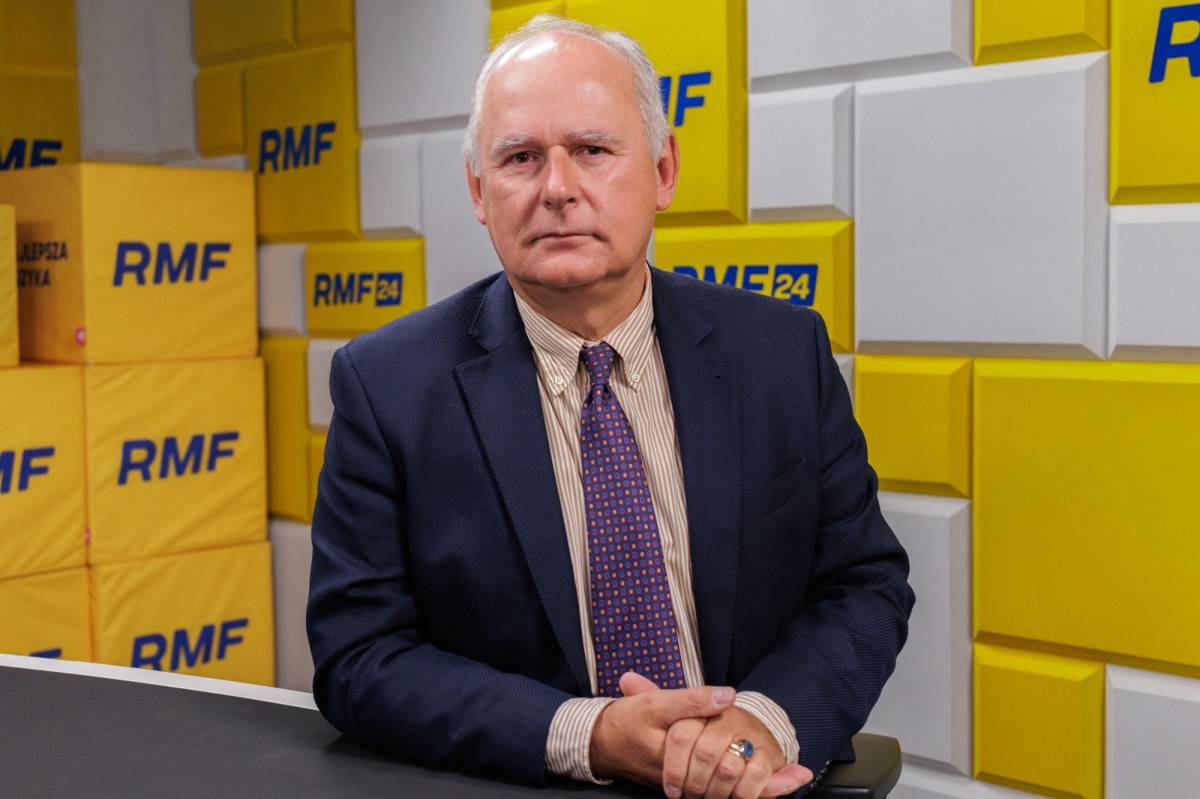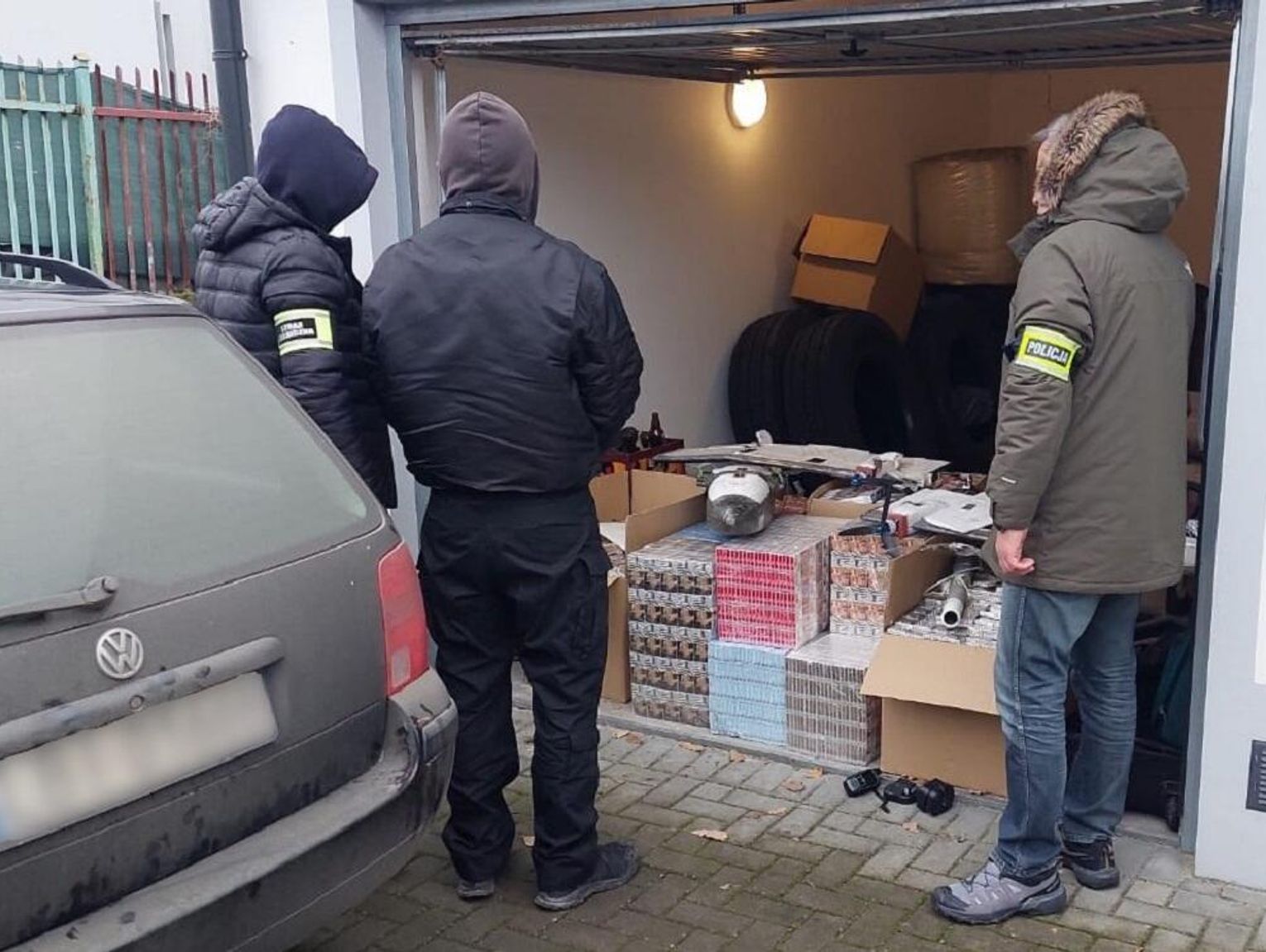
The Central Statistical Office has published the latest, expected inflation data in Poland. fast respect for June 2025 brings disturbing news to millions of households. Prices of consumer goods and services increased by 4.1% by yearwhich is the consequence of a higher than most economists expected. This signal that the price force in the Polish economy remains strong, and the fight against costly can be harder than it seemed.
Although the increase was 0.1% in terms of period to month, according to the marketplace consensus, it is the yearly rate that gives emergence to the top emotions. Analysts surveyed by leading information agencies expected reading at 4.0%. However, this seemingly tiny difference is fundamental – it shows that inflation does not slow down at the expected rate. This data will surely be carefully analysed by the Monetary Policy Council, which is facing a hard decision on the level of interest rates in the country.
Inflation in June 2025. authoritative CSO data versus forecasts
The Central Statistical Office (GUS) regularly provides key information about the state of the Polish economy, and the Consumer inflation index (CPI) is 1 of the most important. Published quick respect for June 2025 is the first but highly crucial information on price dynamics in the mediate of the year. He confirmed that prices in Poland are 4.1% higher than last June.
It is worth noting how this consequence differs from expectations. The marketplace consensus, i.e. the average of economists' forecasts from various banks and financial institutions, assumed an increase of 4.0%. The difference of 0.1 percent points may seem marginal, but on a macroeconomic scale it is simply a signal that inflation processes are more persistentthan expected. This is simply a surprise for the market, which may affect investor sentiments and monetary policy decisions.
In monthly terms, comparing June to May 2025, prices rose by 0.1%. This reading was already consistent with forecasts and indicates any stableness in the short term. However, this year's indicator is crucial for assessing the purchasing power of money and the real value of our savings and salaries.
What does that mean for your wallet? applicable effects of higher inflation
Abstract percentages have a very real effect on the regular life of all Pole. The inflation rate of 4.1% means that the purchasing power of our money is steadily decreasing. To put it simply: For the same amount we can buy little goods and services than last year. A basket of products, which in June 2024 cost PLN 1000, present requires the release of PLN 1041.
This process, called purchasing power erosion, is most felt in respective areas:
- Daily shopping: Higher inflation translates into higher food prices, economical chemistry and another basic products. Even if the individual increases are small, they add up to crucial amounts per month.
- Savings: Money held on an interest-free account or in cash loses value. If the interest rate on the bank deposit is lower than 4.1%, our savings are actually melting.
- Wages: To keep the standard of surviving to date, our salaries would gotta increase at least at inflation rates. If the rise is lower, we actually make less.
Although full data on what precisely went up the most, we will not know until mid-July, it is already known that persistent advanced inflation is simply a challenge for planning home budgets and is forcing more informed financial management.
National Bank of Poland under pressure. Will interest rates go up?
Data on inflation higher than forecasts is simply a key signal for Monetary Policy Council (PRP), a body operating within the National Bank of Poland, which decides on interest rates. The main nonsubjective of the NBP is to keep price stableness and the inflation mark is 2.5% with an acceptable scope of fluctuations +/- 1 percent point (i.e. from 1.5% to 3.5%).
The June reading at 4.1% clearly exceeds the advanced limit of this target. This puts the RPP in a very hard situation. On the 1 hand, persistently advanced inflation is an argument for interest rate increases. specified a decision would cool down the economy, cut down credit and in explanation suppressed price pressure. However, this has its costs – higher rates are more costly mortgages and consumer loans for citizens and higher financing costs for companies.
On the another hand, the RPP may consider that the current level of rates is adequate and it is essential to wait for further developments in order not to harm economical growth. The latest data will surely intensify the debate within the Council. The decisions taken at the forthcoming meetings will have a direct impact on the instalments of loans by millions of Poles and the overall condition of the economy.
We inactive gotta wait for that data. erstwhile do we get the full image of inflation?
Quick respect published by the Central Statistical Office is only the tip of the iceberg. It provides a general indicator, but does not answer the key question: what precisely is more expensive? A full, detailed study on inflation will be published in June July 15, 2025.
Only then will we find out how prices developed in different categories, specified as:
- Food and non-alcoholic beverages: A key component of the inflation basket, whose prices are peculiarly felt by consumers.
- Energy carriers: Prices of electricity, gas and fuel, which have a immense impact on the cost of maintaining the home and operating companies.
- Private transport fuels: Prices at petrol stations that straight influence driver portfolios and transport costs throughout the economy.
- Services: Prices of hairdressing, medical, catering or tourist services.
The analysis of these details will identify the main sources of inflationary pressure. It will show whether there are one-off factors behind price increases or whether there is simply a wider and more lasting phenomenon. This information will be crucial not only for analysts but besides for the government and the NBP erstwhile making further economical decisions.
Read more:
Inflation surprises Poles again. The CSO gave higher data than analyst forecasts!















